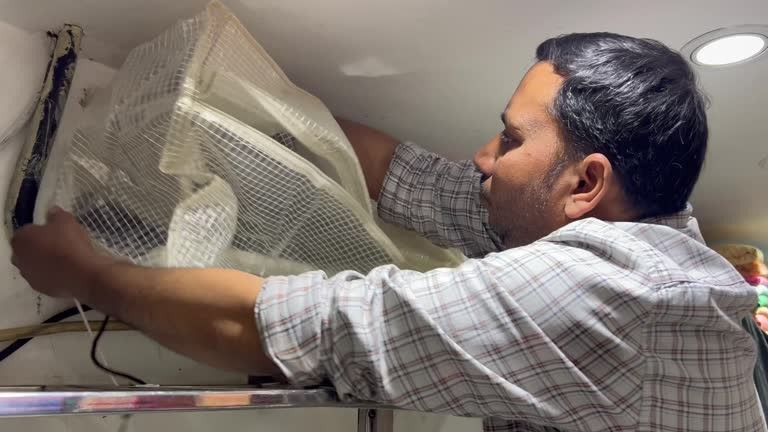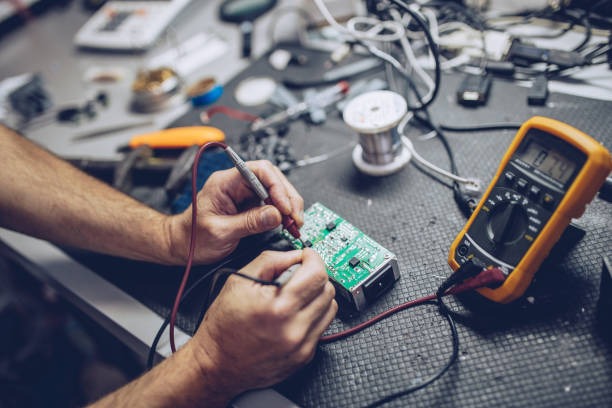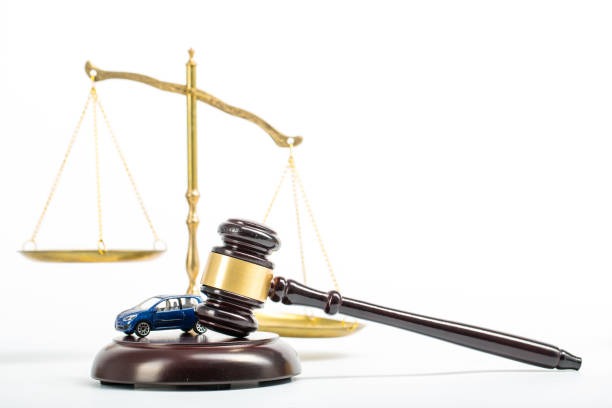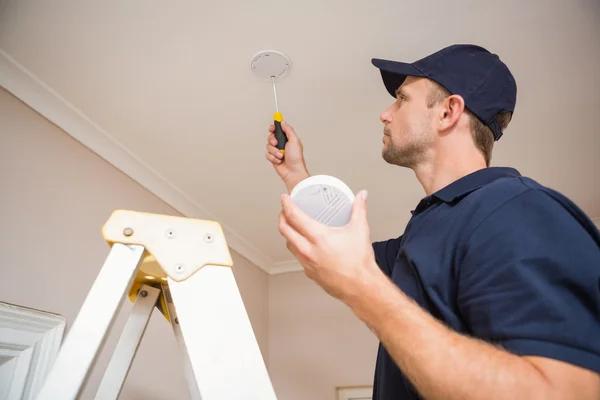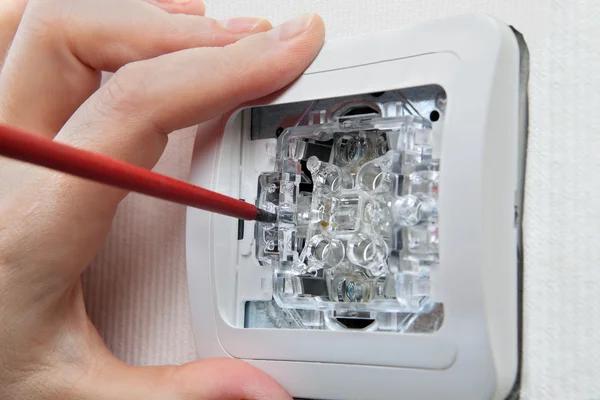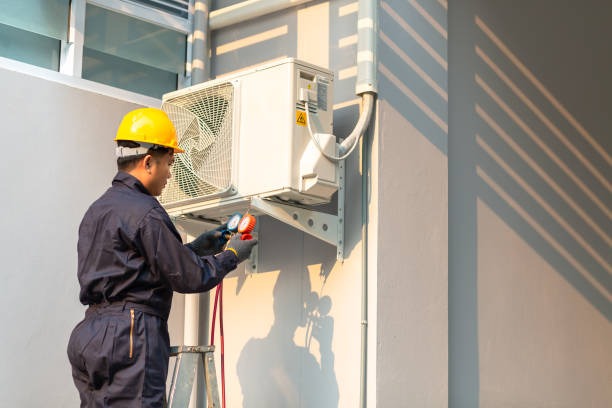Installing a generator in your home or office can provide you with an alternative power source during emergencies. However, the installation process is not as simple as it seems and requires careful planning and execution. It’s not uncommon for DIY enthusiasts to make mistakes that could lead to serious problems down the line. Here are some common DIY generator installation mistakes that you should avoid at all costs.
One of the most common mistakes is choosing the wrong size generator. The size of your generator should be based on your energy needs during a power outage. If you choose a generator that’s too small, it won’t be able to handle all your appliances and systems, potentially causing them to fail or become damaged due to insufficient power supply. On the other hand, if you choose one that’s too large, you’ll end up wasting fuel and money.
Another mistake often made is improper positioning of the generator. A portable generator should never be placed inside any enclosed spaces like garages or basements because they emit carbon monoxide which can be deadly if inhaled in large amounts over time. They need proper ventilation and should ideally be placed outside at least 20 feet away from keyelectriccompany.com windows, doors, and vents.
Incorrectly connecting the generator directly into a wall outlet is another common error made by many DIYers called backfeeding. This practice poses a significant danger as it can electrocute utility workers who may think that the lines are dead when they’re actually live due to your connection.
Not installing transfer switches is also another major mistake people make while setting up their generators at home or work premises. Transfer switches allow safe switching between utility power and generated power while avoiding backfeed into utility lines which can cause fires or electrocution incidents.
Ignoring local codes and regulations regarding generator installations could also get you into trouble with authorities leading to hefty fines or even jail time in extreme cases where negligence leads to accidents causing harm or death.
Lastly, neglecting regular maintenance after installation is a mistake that could cost you dearly. Like any other machine, generators require regular maintenance to ensure they work efficiently and last long. Failing to do so can lead to mechanical failures when you need the generator most.
In conclusion, while DIY generator installation might seem like a good way to save money, it comes with its own set of challenges and potential dangers. Therefore, unless you’re confident in your abilities and have done thorough research on safe practices and local regulations regarding generator installations, it’s best left to professionals who are trained and equipped for such tasks.



